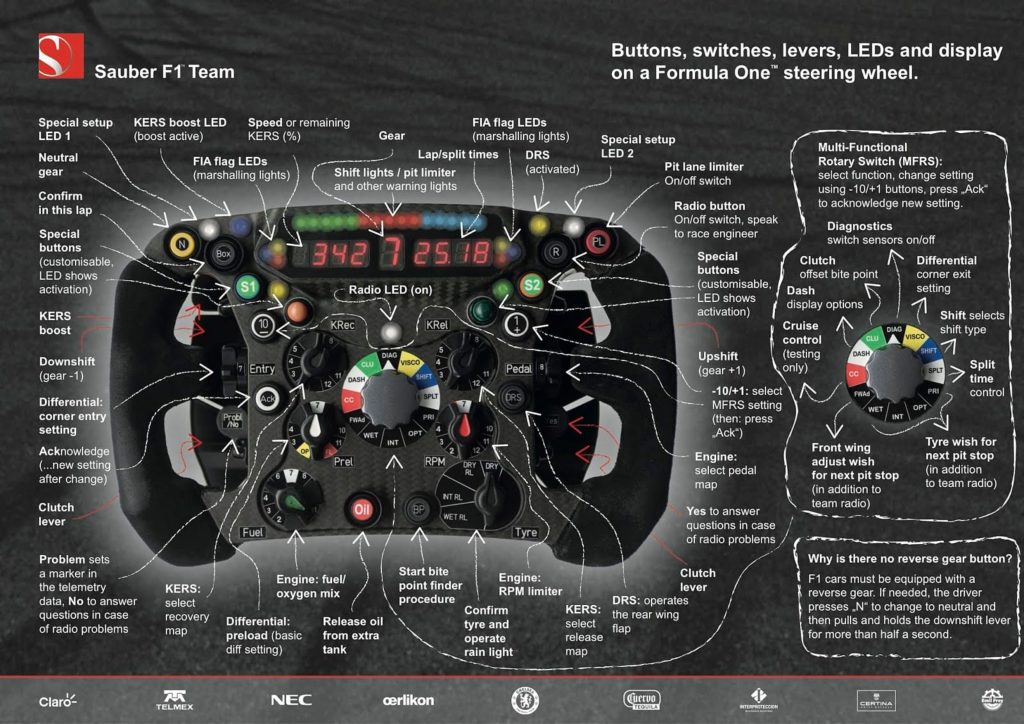Webinar: Advances in Industry 4.0 & The Industrial IoT
 Watch Now
Watch NowOh if it were as simple as that!
IoT/IIoT pundits offer all kinds of value statements that’ll get your CFO chafing at the digital bit.
But manufacturing companies already on the digital journey know well how difficult it is to transform Mbps to M$.
In almost every case realizing value boils down to maximizing availability.
Take a real life example in heavy manufacturing: steel production.
Melting, moving, casting, and rolling metal is no easy task. Casting and milling are high-cost, long-term, capital intensive investments. These capital investments have physical maximum throughput. There are only so many metal molecules that can flow through a caster in an hour.
So how can the steel industry “double cash flow in 5-7 years with AI” or “realize a 15-17% productivity gain” with a smart factory? Whether these values work for steel can be debated, but what is uncontested is the number of production hours in a year and the physical limits of production throughput.
Maximum annual production value is achieved – drum roll – when available_hours is maximized.
Maximizing availability is all about minimizing downtime. The first, and most obvious place to start is with unscheduled downtime (there are other downtimes like change over times, but start with the unplanned losses of availability).
Formula 1 racing provides a great analogy for maximizing availability.

F1 cars are amazing vehicles with more components and systems than any normal person can even imagine (check out the steering wheel above) – but we don’t need to look much farther than a few key components to understand availability and how prediction, availability, and production are related: Tires
An F1 pitstop is primarily about tires (refueling was banned after 2009).
The world record pit stop is held by Red Bull at an astoundingly short 1.88 seconds. Sound impressive? It is, but so is the fact that all other teams come in within 0.66 seconds of this record. Here’s the thing:
But what happens when the race team doesn’t predict the need for a tire or brake change? If a driver loses 12 car lengths in 0.66 seconds, imagine what happens when the team fails to predict failure of a critical component like a tire?

My bet is that Sebastian Vettel wishes the race team had seen this tire failure coming and had pitted the car for 2 seconds instead of letting this unexpected failure happen. For F1, availability is paramount.
Steel making isn’t really that different.
A continuous caster can produce steel at rates in excess of 150 tons per hour. With the price of steel at $550 per ton, one day of lost production is a $1.8M hit to the top line. Let that happen a few times in a year and pretty soon you’re talking real money.
To maximize revenue, the mill must maximize availability.
Fortunately, implementing predictive operations in manufacturing is real, within reach, and can help to maximize production availability by finding possible failures before the next maintenance “pit stop” – making it possible to avoid blowing a tire on the track.
Operational AI can detect subtle patterns of change occurring in operational data such as torque, temperature, current, rpm and force. Individually, each of these values may be within statistical control, but collectively, their behavior can tell a different story – one that indicates the equipment will need maintenance soon.
When operational AI detects a pre-failure condition, the mill’s maintenance team can slot a repair for the next product change over or regularly scheduled maintenance window.
Keep your $1.8M. Find out how easily Falkonry can help you achieve predictive operational excellence.